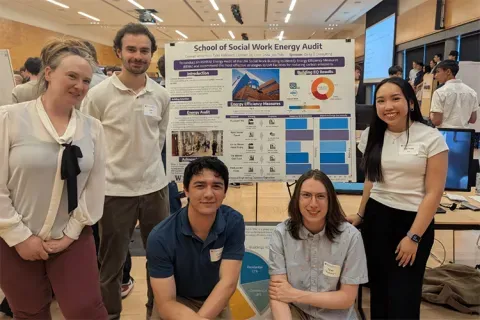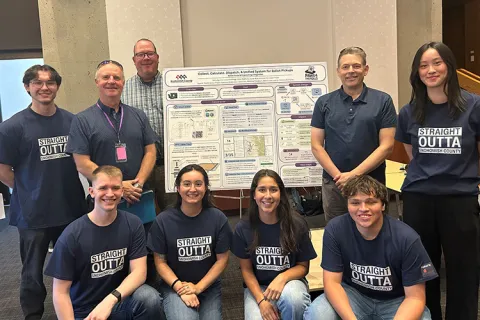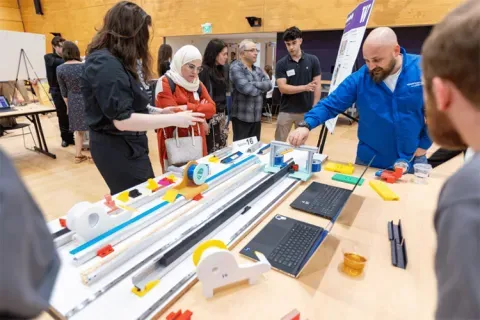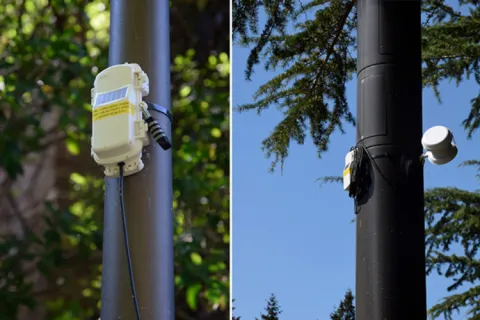National Security Innovation Network (NSIN)
Optimize PME Cooling
The National Security Innovation Network (NSIN) is a network in the U.S. Department of Defense (DOD), aimed at connecting DOD entities with academic and venture partners to innovate new solutions for DOD-member challenges. Primary Mission Equipment (PME) is largely comprised of air-cooled, Commercial-Off-The-Shelf (COTS) components, which are typically not ruggedized to military specifications (MILSPEC) and therefore have lower temperature limits and typically require more cooling than MILSPEC PME. However, due to frequent tech-refresh-driven PME upgrades and the complexity of various facilities’ cooling systems, it is common practice to overcool the PME. This is generally a result of [1] poorly defined temperature requirements for the PME (e.g., weakest components drive the cooling requirement for the entire PME container/rack even though a slight overtemp will only result in a reduction of warrantied service life, which often greatly exceeds the actual tech-refresh schedule, and not a loss in system performance); [2] non-optimal PME rack designs (e.g., the most rugged components, typically power supplies, are not cooled last, rather than saving the colder in-line cooling air for the weaker components); and [3] poorly controlled or non- optimized facility cooling systems. For the purpose of the NSIN problem statement, this student team will work to focus on [1] and/or [2]. For [1], this student team worked to review typical mission COTS PME and using a combination of literature, analysis, and test, quantify a relationship between temperature requirements, (reduced) service life, and performance; the student team also worked to include a recommendation for reducing cooling costs while maintaining performance, based on the service-life findings in relation to typical PME refresh cycles. For [2], the student team then attempted to analytically show the energy savings relationship between an “optimal” PME rack design (i.e., in-line cooling position based on temperature specifications) and a non-optimal design. For completeness, the student team aimed to show the relationship in [2], including the findings from [1]. [1] Northeastern University Program Director, National Security Innovation Network (NSIN), U.S. Department of Defense, 508.925.0337, jgriffin@nsin.us, http://www.nsin.mil/
Faculty Adviser(s)
Eli Patten, Mechanical Engineering
Related News

Mon, 10/13/2025 | UW Mechanical Engineering
Capstone collaboration leads to award
An ME capstone team received first place for its energy audit of the UW School of Social Work building.

Thu, 07/17/2025
UW engineering students develop smart ballot solution
UW engineering students develop smart technology solution to improve ballot collection for Snohomish County.

Mon, 07/07/2025 | UW Mechanical Engineering
Capstone creations
Students displayed innovative capstone design projects at the 2025 expo.

Fri, 09/20/2024 | UW Civil & Environmental Engineering
Smarter irrigation for a greener UW
A new project combines satellite data with ground sensors to conserve water and create a more sustainable campus environment.